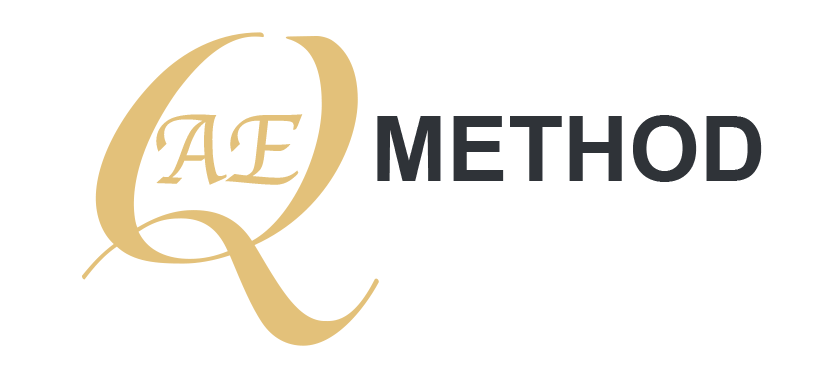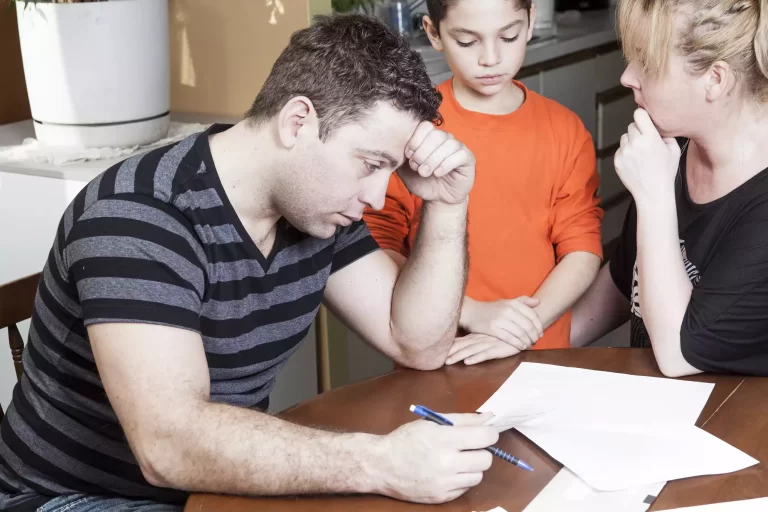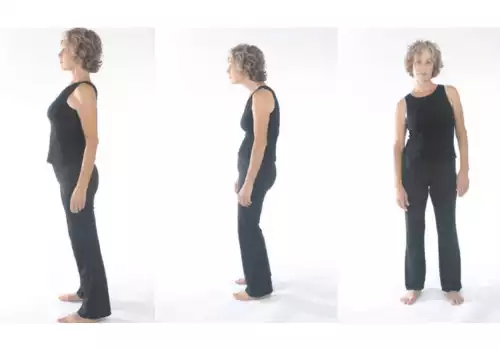Failure does not exist if you have learned from your mistakes and improved yourself. Keep that in mind, and you will achieve more. In fact, you will achieve everything that is realistically achievable if you take enough time for it and invest the right amount of energy, attention, and knowledge. Look at this process like this: we do not experience failures in life, but instead create results on which we then learn and change for the better.
If, for example, you throw a basketball multiple times and miss, you aren’t unsuccessful. You created a result. Your feeling of failure originates from the fact that you know people that score almost every throw. But in your reality, you couldn’t throw the ball any other way as you already have, since it is the result of your current motor intelligence and skill. You achieved a measurable result. After that, you can either stop throwing or try again. Even if you threw the ball over 200 times, you still aren’t a failure but have instead achieved over 200 results. The number of throws is not essential for improving the throw to the basket, but whether you learned and observed, and looked for ways to throw the ball better, more accurately, and correctly. A missed throw is only a failure if you haven’t learned anything, and you believe that it is the high number of throws that will give you accuracy and a better result. To think within the principle: Practice makes perfect. Performing exercises without observation and conscious changes in performance, where the result was not appropriate, does not lead to greater success.
That’s why the principle above needs to be edited into:
- Conscious practice makes perfect
Namely, if you want to score the basket more than once, you must be prepared to do everything necessary to improve your throwing for a while. It’s very simple, but on the other hand, very hard. You won’t do the same thing your friend or professional basketball player would do; you will do what will be best for you: ten, a hundred, a thousand throws. If you want your desires for a painless life to come true in reality, you need to be willing to do what is necessary and be aware that you cannot fail in the long run if you are consciously present at the performance. You can only achieve better and better results.
If the AEQ exercise results continue to be unsatisfactory, and you do not perform the movement without pain or as you imagined, try to find out which beliefs limit you. It is your thoughts and beliefs that guide you towards certain decisions and implementation and generate unfavorable results. AEQ somatic exercises are a very efficient way of finding answers on your own. You learn from wrongly performed movement. However, these errors are not so significant as to have a very negative effect on the development of feeling and control. But they are big enough for you to feel, understand, and learn from. That way, you can find an easier, more fitting approach, a responsibility-based approach towards yourself, and the fact that you understand the feeling more and more, even though sometimes you don’t like it. That’s how you can change your thoughts and beliefs because you can use reverse engineering to check what thoughts and beliefs your performance is based off. This way, you will get to know yourself better because you will raise the necessary solutions, answers, and explanations of consciousness by raising feelings and dynamic meditation during the exercise.
Performing AEQ exercises is similar to scoring a basket, where you consciously control how the exercise will be performed. You perform the same movement slightly differently each time. You are looking for better solutions. You observe whether the work of the muscles is well-coordinated enough. You feel this rise in complexity as pleasant, effortless progress that creates a sense of comfort in the brain. This tells you that you are on your way to a better result. You feel similar when you change the way you throw the ball only a little, but consciously, you are satisfied to notice that you are throwing more accurately and hitting more often than before. If you miss a basket in a throwing practice, it is not a mistake that would cost you dearly, as, say, it costs a player dearly in the decisive moments of a match. But you also learn from these mistakes and slowly build your knowledge and perception, and your sense of a proper throw. Similarly to when you’re learning how to connect your body’s muscles, hands, neck, and legs into a coordinated whole when performing “Arch and flatten.” You feel that you are performing the exercise more and more gracefully. As a result, this allows you to take a more reliable step up the stairs, walk steadily on the icy sidewalk, or paddle easier on a lake.
Learning through AEQ exercises is equivalent to any real learning. Unfortunately, there are less and less real long-term learning skills. People expect that a large number of repeats will be enough to master something, despite them thinking and diverting their attention towards other matters instead of what they are doing now. Based on hard training, they are convinced that they are mastering what they are training, so they increase the load excessively and too quickly, even though their knowledge is lower than the load requires due to inattention and lack of real learning. So sooner or later, there are disappointments, despair, depression, injuries, and wear.
People are often very disappointed over their actual control over conscious movement during therapy because they are convinced that they invest a lot of time and effort into movement that means a lot to them. It is precisely because of the pandemic of multitasking and the extinction of focusing on what we are doing at a given moment; the reality is often very different from their belief. The consequences are the growth of musculoskeletal diseases and problems that are characteristic of simultaneous multitasking. AEQ exercises help you take control of your thoughts, feelings, and movement. But as with any real education program, it also requires regularity, analysis, curiosity, creativity, and a willingness to achieve more and be better.
Let me first say that these are exercises and not skills, and their influence on the quality of how you feel is entirely dependent on how you perform them. Time, energy, and attention can be invested in infinitely different ways, but only a few of them are correct. If you perform the exercises mechanically, you will not gain much from them. If you perform them routinely, then their worth will fade away; if you perform them competitively, you will not prove anything to anyone. However, if you perform them carefully, regularly, and with interest, you will be pleasantly surprised by their effects.
Aleš Ernst, author of the AEQ method and AEQ breathing






